/ time to harvest
I often missed the harvest season, with very few visits to the village during the early summers. For several years, my busy schedule prevented me from making the trip to Lebanon. The distance and road conditions were quite discouraging. However, since the birth of Tanios in late 2021, I made it a priority to be in the village for the upcoming harvest – a goal I achieved in 2023.
In early June, I repeatedly called my father’s family to ascertain the exact harvest dates. Their response was, “Magali, it’s hard to predict this year. Delayed rain and zaatar flowering have made it uncertain. Try to be here from mid-July.”
Finally, on July 22nd, the time came for Andket.
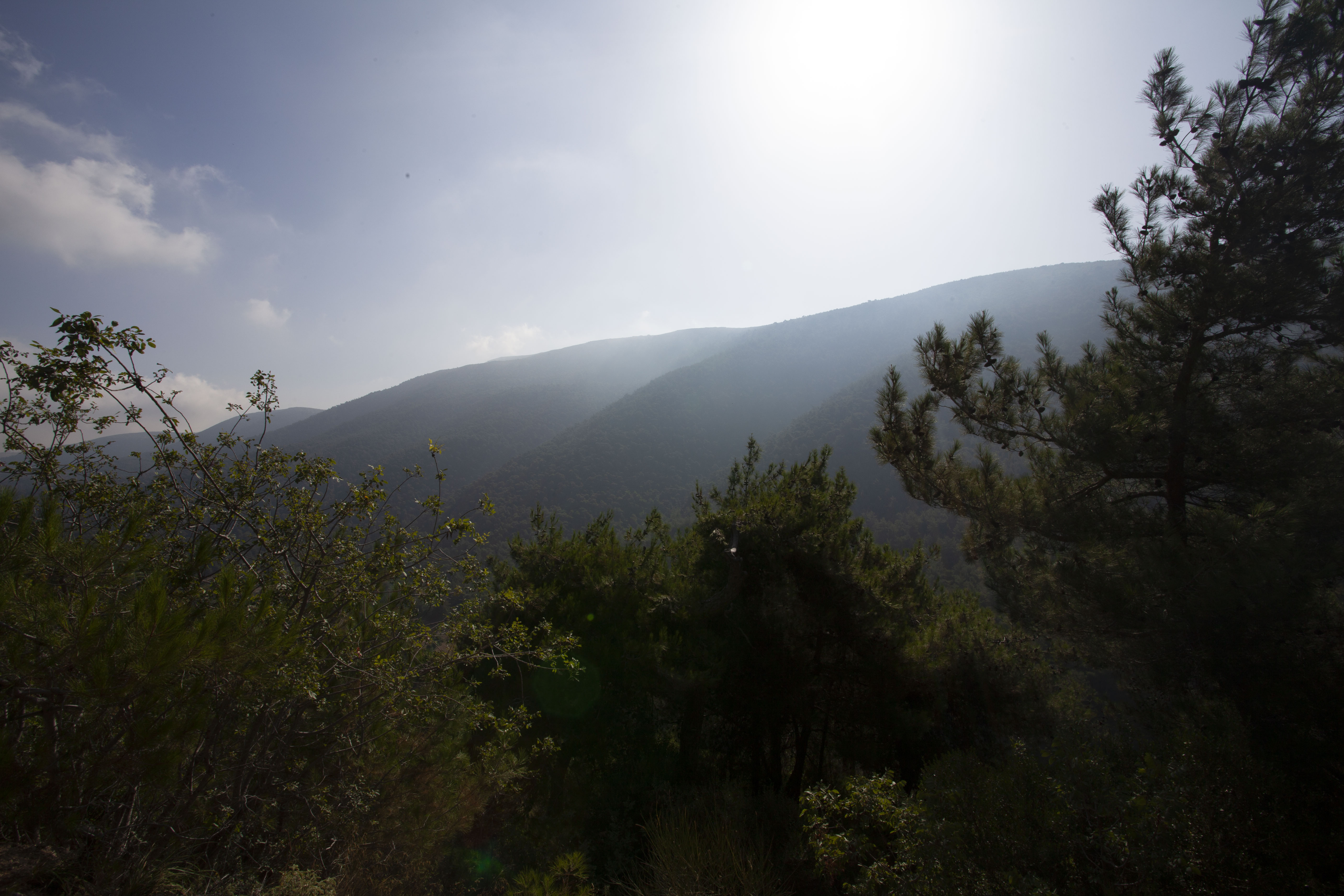
/ a challenging journey with a promising reward
Enduring the arduous journey requires both courage and determination. The road, one of the worst in Lebanon, leads to the village situated in the far north, bordering Syria—an area neglected by the state. Yet, the reward is well worth the ordeal. After a three-hour drive, we finally reached Andket. This small village in the Akkar region is famed for its mountains, old houses adorned with black volcanic rock, and the invigorating East wind. I wasted no time and immediately met with family members. I inquired with my father’s cousin, now the leader of the harvest, about our schedule for the first day. “Hope you’re an early riser”, she quipped. “Can we meet at six o’clock?” I nodded, embracing the excitement despite the short night ahead.
At 6 a.m., we arrived at her house. After some morning conversation, I asked, “Where are we heading?”
Her reply was contemplative, “I’m unsure.”

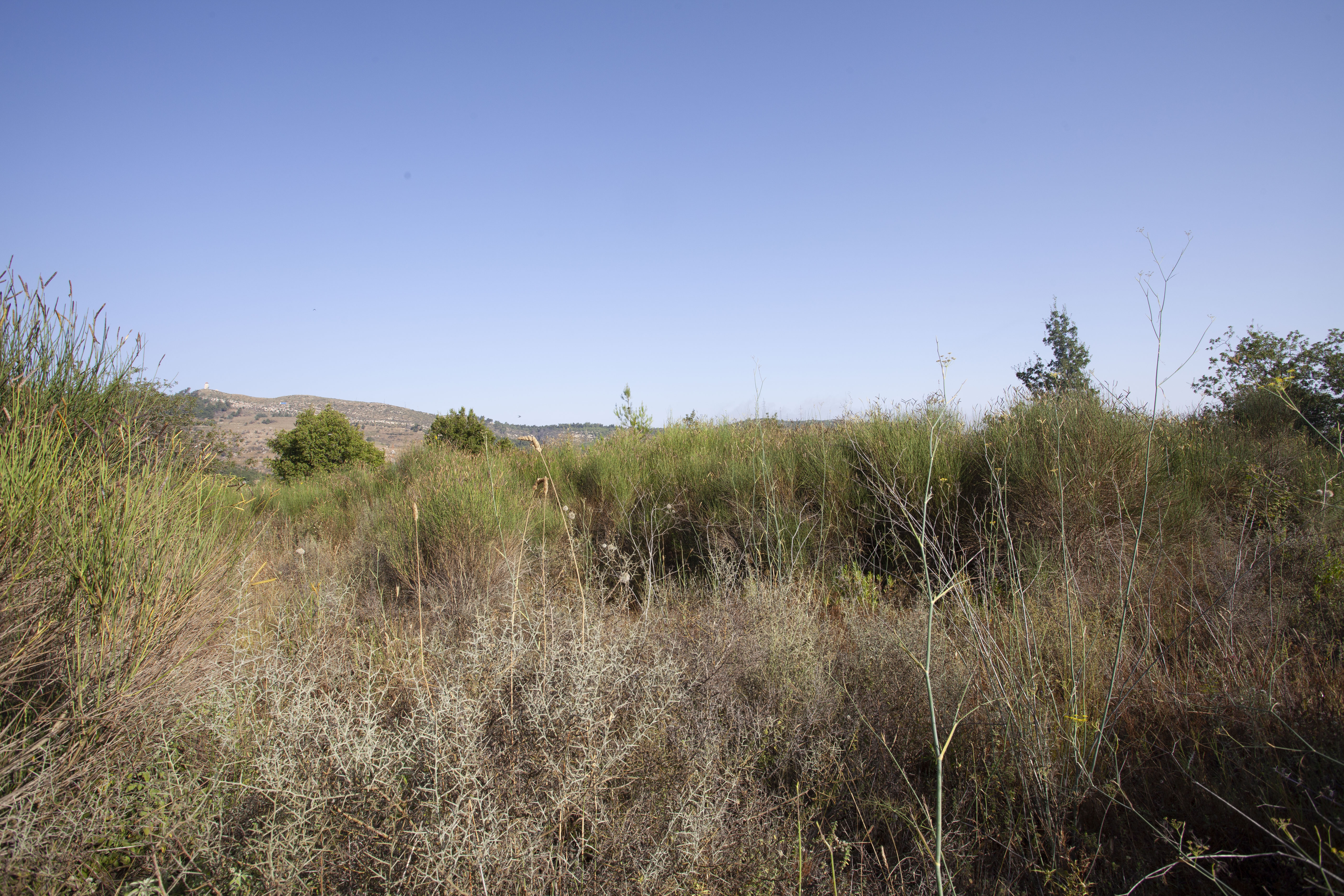
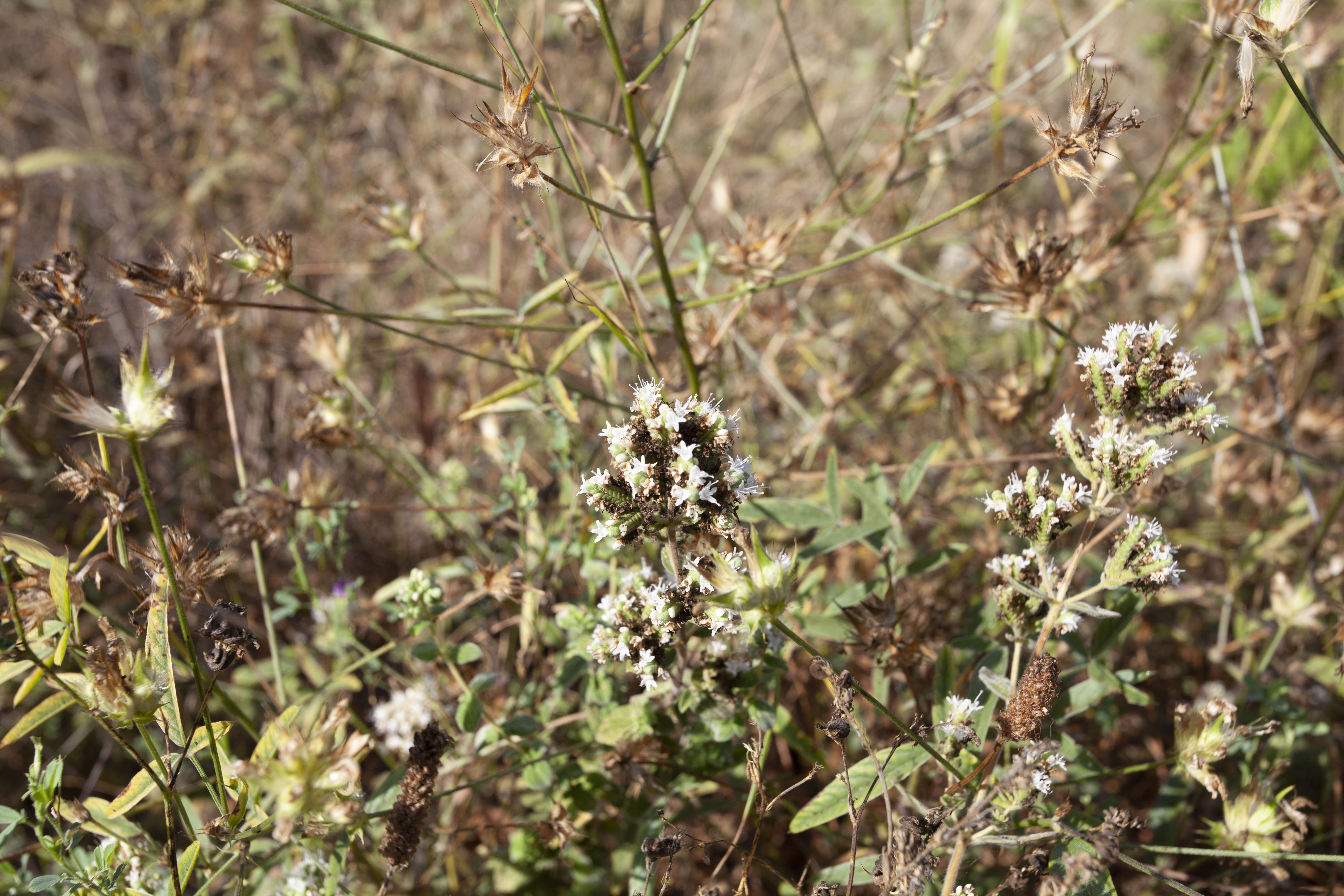
/ the enchanting wilderness of Oudine
Unlike cultivated zaatar, the wild variety requires traversing different parts of the mountain. With age and experience, one accumulates a treasure trove of locations. The picking must occur just after flowering to avoid bitterness. As the tops turn slightly brown, it is time to harvest.
“We’ll head to Oudine”, she said.
After a 15-minute car ride, the mesmerizing greenery of the mountain surrounded us. Eventually, the car couldn’t proceed, so we began our ascent.
The birds and untamed flora greeted us, urged on by the sun’s early rays. Picking wild zaatar is challenging— unlike cultivated rows, these plants are scattered among other vegetation.“We started about a week ago and will continue until late August. Slowly but surely, we visit every week at dawn, selecting only mature plants.” Each wild plant’s location varies, with different elevations and sun exposures, further influenced by neighboring flora.
/ patience becomes essential
“Unfortunately, impatience is common. We often encounter young zaatar that started growing prematurely in the middle of summer, indicating an early first harvest.” An hour passed, then two, and finally three, with the sun’s intensity rising. We retraced our steps. “Today’s work is done,” she declared. For a week, I marveled at their patience and their profound understanding of the surrounding ecosystem.
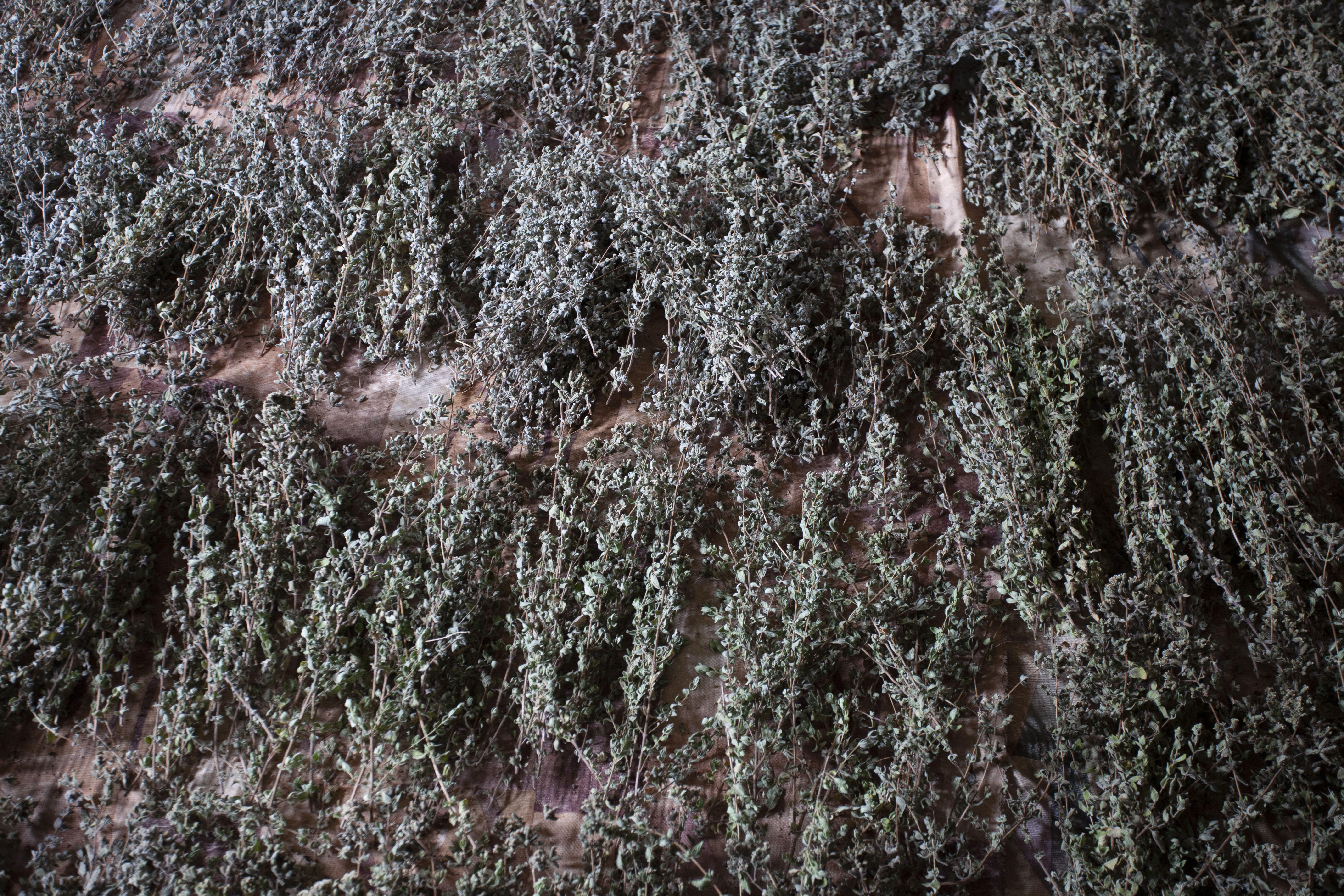
Later that afternoon, back at my grandfather’s place, I wandered through the land surrounding the house. About fifteen sumac bushes were beginning to change color gracefully, a prelude to the vibrant ruby berries they’d offer in late August. These berries would eventually be picked, dried, and ground, preserving yet another tradition.
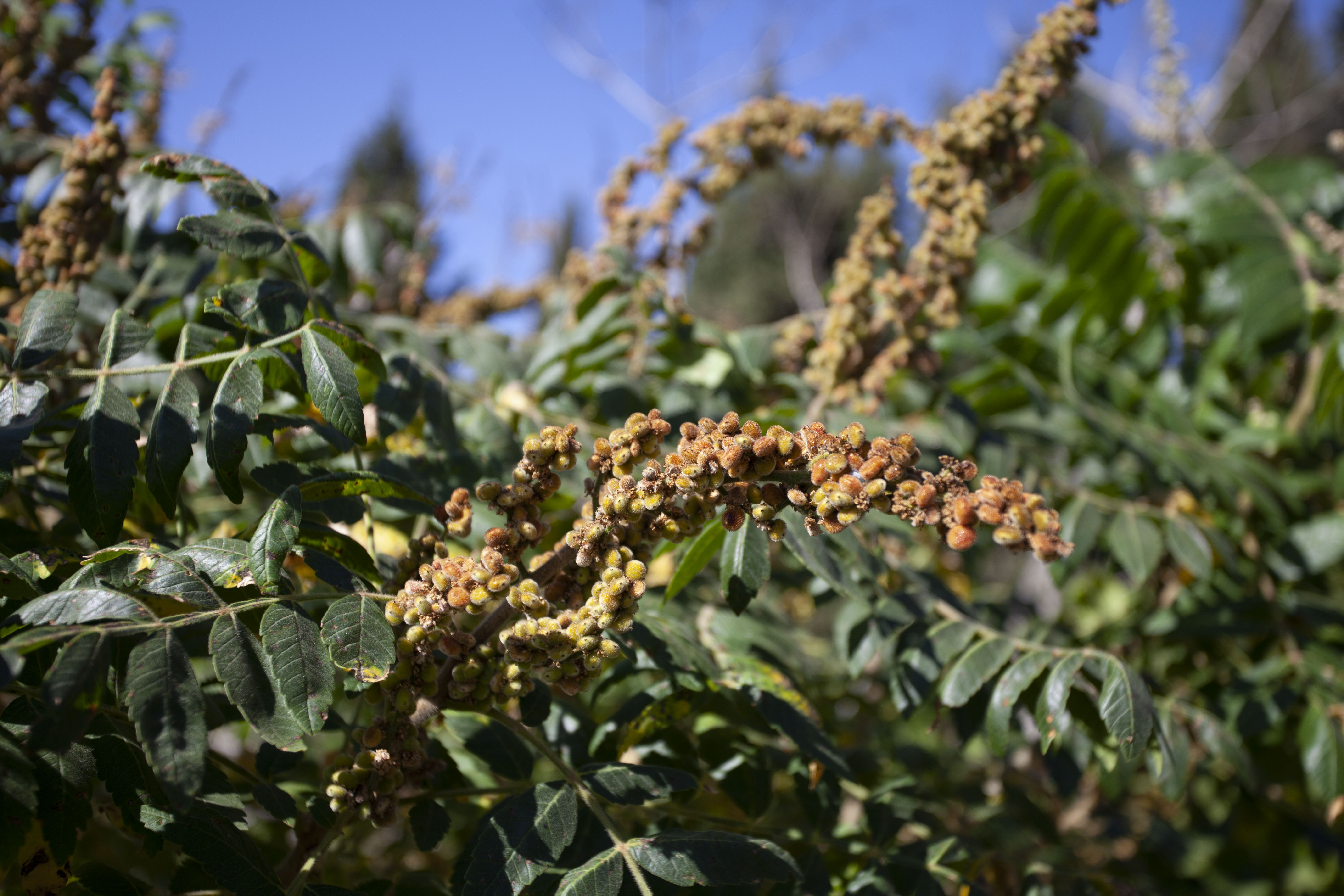
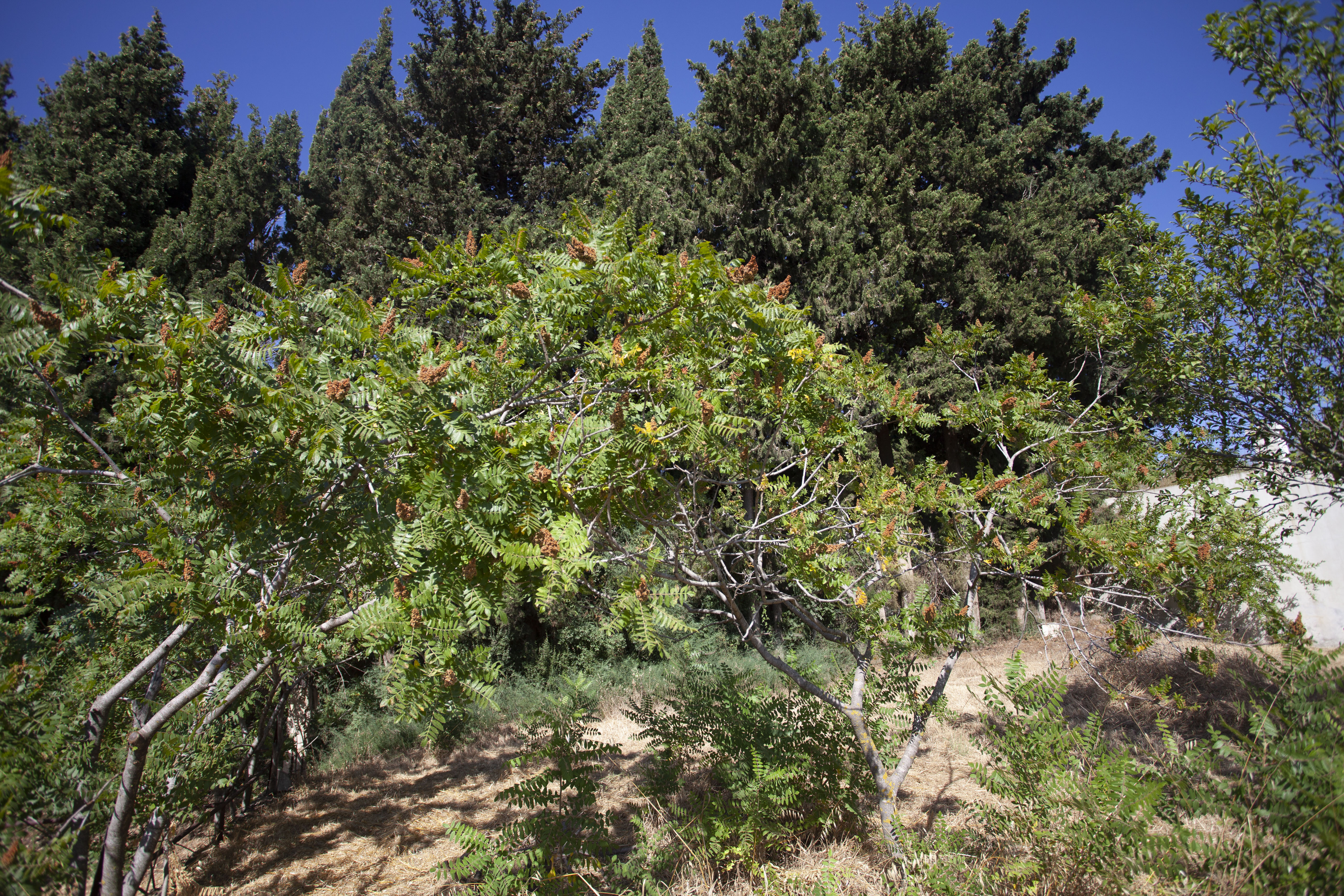
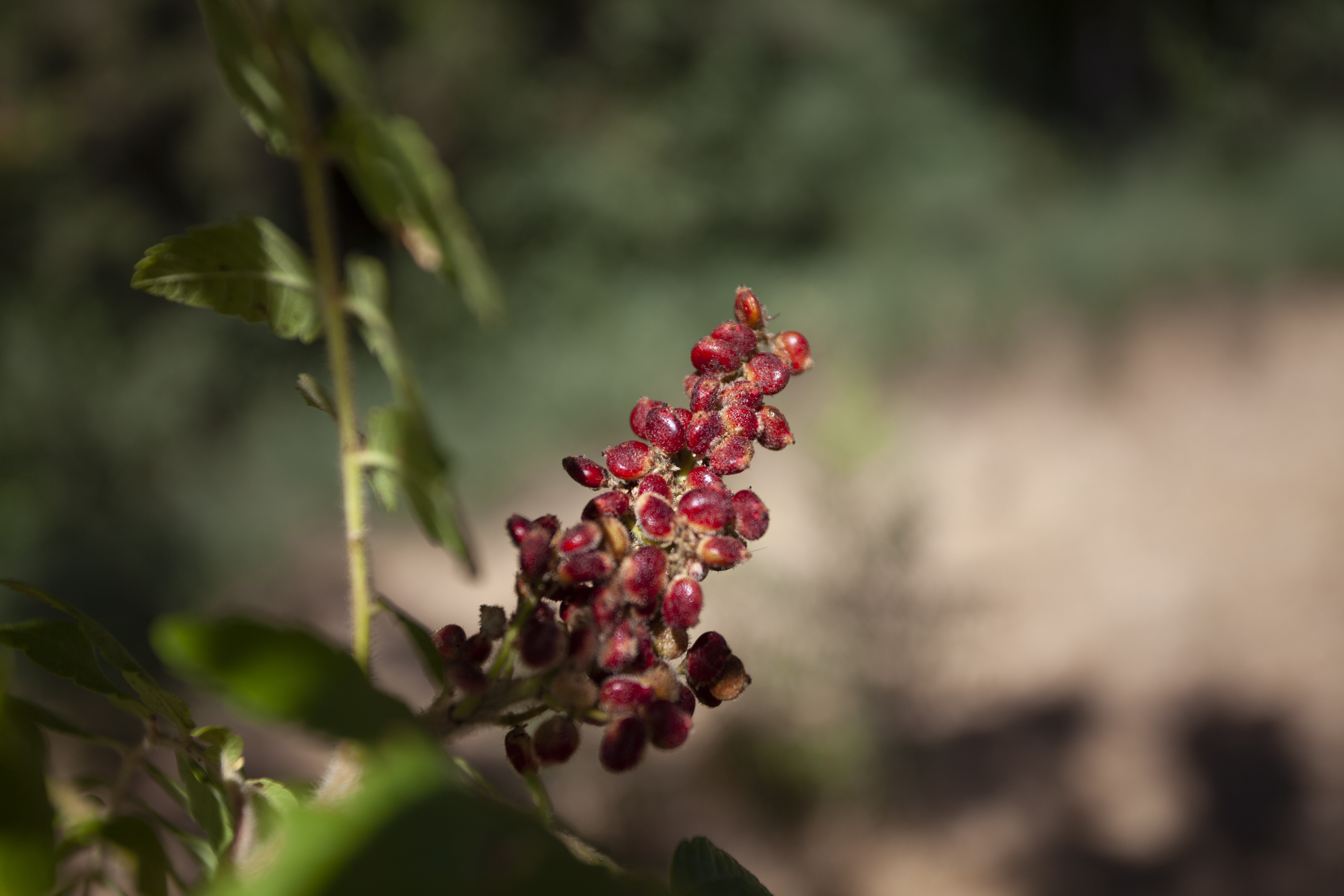
Returning to town, the long journey allowed me to reflect on every moment spent in the village. I realized how privileged I am to witness and carry forward this cherished family tradition. A persistent idea circled in my thoughts: I was determined to wholeheartedly honor it.
